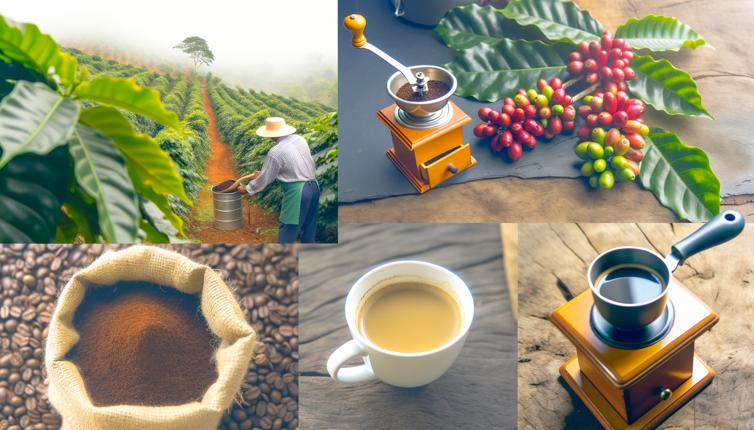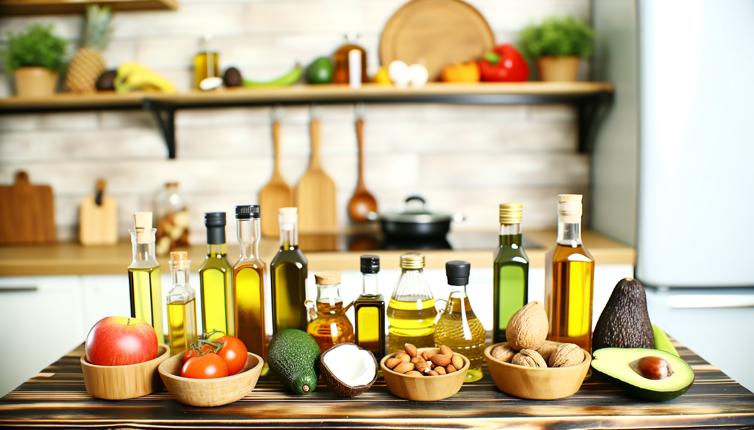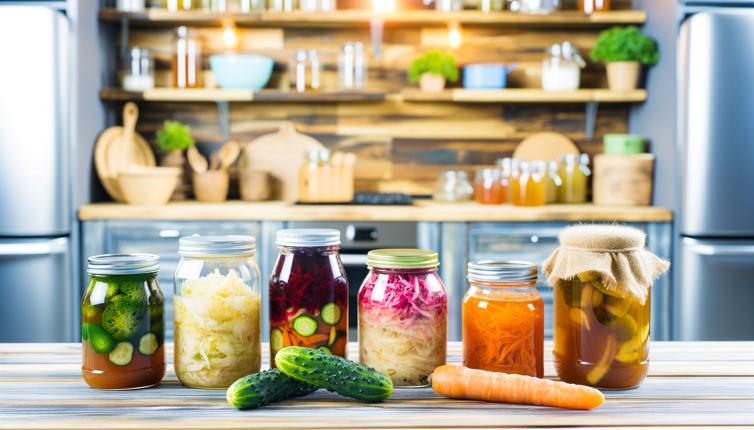Farming Practices
The first and perhaps most important factor that influences coffee quality and sustainability is the farming practices used to grow the beans. Coffee is primarily grown in tropical regions, and the way it is farmed can have a significant impact on both the taste of the coffee and its environmental footprint.,Shade-grown coffee: One sustainable farming practice is shade-grown coffee, where the coffee plants are grown under a canopy of trees. This not only provides a natural and biodiverse habitat for birds and other wildlife, but also helps to preserve the soil and prevent erosion. In addition, shade-grown coffee often has a more complex and nuanced flavor profile compared to coffee grown in direct sunlight.,Certifications: Another way to ensure the sustainability of coffee farming is through certifications. Certain certifications, such as Fair Trade and Organic, require farmers to adhere to specific environmental and social standards. These certifications not only benefit the farmers and their communities, but also help to promote sustainable farming practices and protect the environment.,Chemical use: The use of pesticides and fertilizers in coffee farming can have negative effects on both the environment and the quality of the coffee. Some farms rely heavily on chemicals to suppress pests and boost yields, but this can lead to soil degradation, water pollution, and the loss of biodiversity. Choosing coffee that is grown using organic or regenerative farming practices can help to minimize these negative impacts.,Overall, supporting coffee that is grown using sustainable farming practices is one of the most effective ways to ensure both the quality and the long-term viability of the coffee industry.
Processing Methods
Once the coffee cherries are harvested, they need to be processed to separate the coffee beans from the fruit. The processing method used can have a significant impact on the flavor and quality of the final product.,Washed vs. natural process: The two most common processing methods are the washed process and the natural process. In the washed process, the coffee cherries are pulped, fermented, and then washed to remove the fruit before drying the beans. This method often produces a cleaner and brighter flavor profile. On the other hand, the natural process involves drying the whole cherries with the fruit intact, resulting in a fruitier and more complex flavor.,Honey process: Another processing method gaining popularity is the honey process, which is a hybrid of the washed and natural processes. In this method, some of the fruit is left on the beans during drying, resulting in a sweeter and more syrupy flavor.,The choice of processing method can be influenced by factors such as the coffee variety, climate, and desired flavor profile. However, it is important to note that some processing methods, such as the washed process, require large amounts of water, which can be a scarce resource in certain coffee-growing regions. Therefore, it is crucial to consider both the quality and the sustainability implications when selecting coffee based on its processing method.
Brewing Methods
After the coffee beans have been processed, they need to be brewed to extract the flavors and aromas. The brewing method used can greatly impact the taste of the final cup of coffee.,Pour-over: One popular brewing method is the pour-over method, where hot water is poured over a bed of coffee grounds in a filter. This method allows for precise control over the brewing parameters, such as water temperature and flow rate, resulting in a clean and flavorful cup of coffee.,French press: Another common brewing method is the French press, which involves steeping coarsely ground coffee in hot water and then pressing down a plunger to separate the liquid from the grounds. This method often produces a fuller-bodied and more robust cup of coffee.,Espresso: For those who prefer a concentrated and intense coffee experience, the espresso method is a popular choice. This method involves forcing pressurized hot water through finely ground coffee, resulting in a small but highly flavorful shot of coffee.,While each brewing method has its own unique characteristics, it is important to note that the choice of brewing method can also impact the sustainability of coffee consumption. For example, certain brewing methods, such as espresso machines, require a significant amount of electricity to operate. Opting for more environmentally friendly brewing methods, such as manual pour-over or French press, can help to reduce the carbon footprint associated with coffee brewing.
Conclusion
In conclusion, there are several key factors that influence coffee quality and sustainability, including the farming practices used, the processing methods employed, and the brewing techniques implemented. By choosing coffee that is grown using sustainable farming practices, processed with minimal environmental impact, and brewed using eco-friendly methods, we can enjoy a high-quality cup of coffee while also supporting the long-term viability of the coffee industry. It is our collective responsibility to make better choices when it comes to our coffee consumption, ensuring that future generations can continue to enjoy this beloved beverage.









